Table of Contents
- Philippines - AIMS. Immigration & Relocation Specialist
- 7 Things To Know Before You Visit The Philippines
- Philippines travel guide - Lonely Planet | Asia
- 9 Best Countries To Visit in South-East Asia
- Workplace Health and Safety in Philippines | Rivermate
- Philippines - David Musick
- Philippines
- Pin on South east asia
- PHILIPPINES | Travel GSH
- Travel To The Philippines - Everything For Your Destination | FOREX
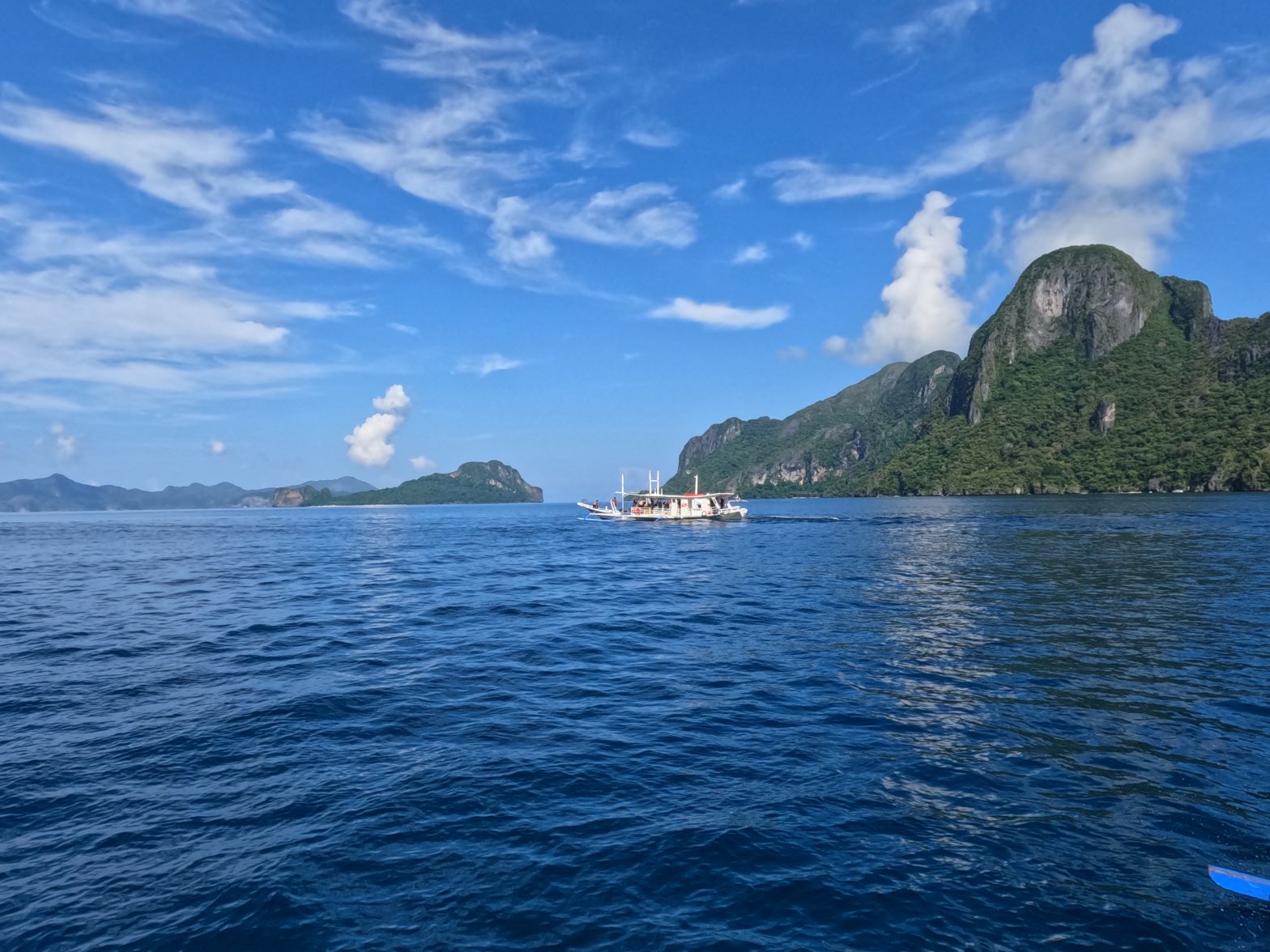
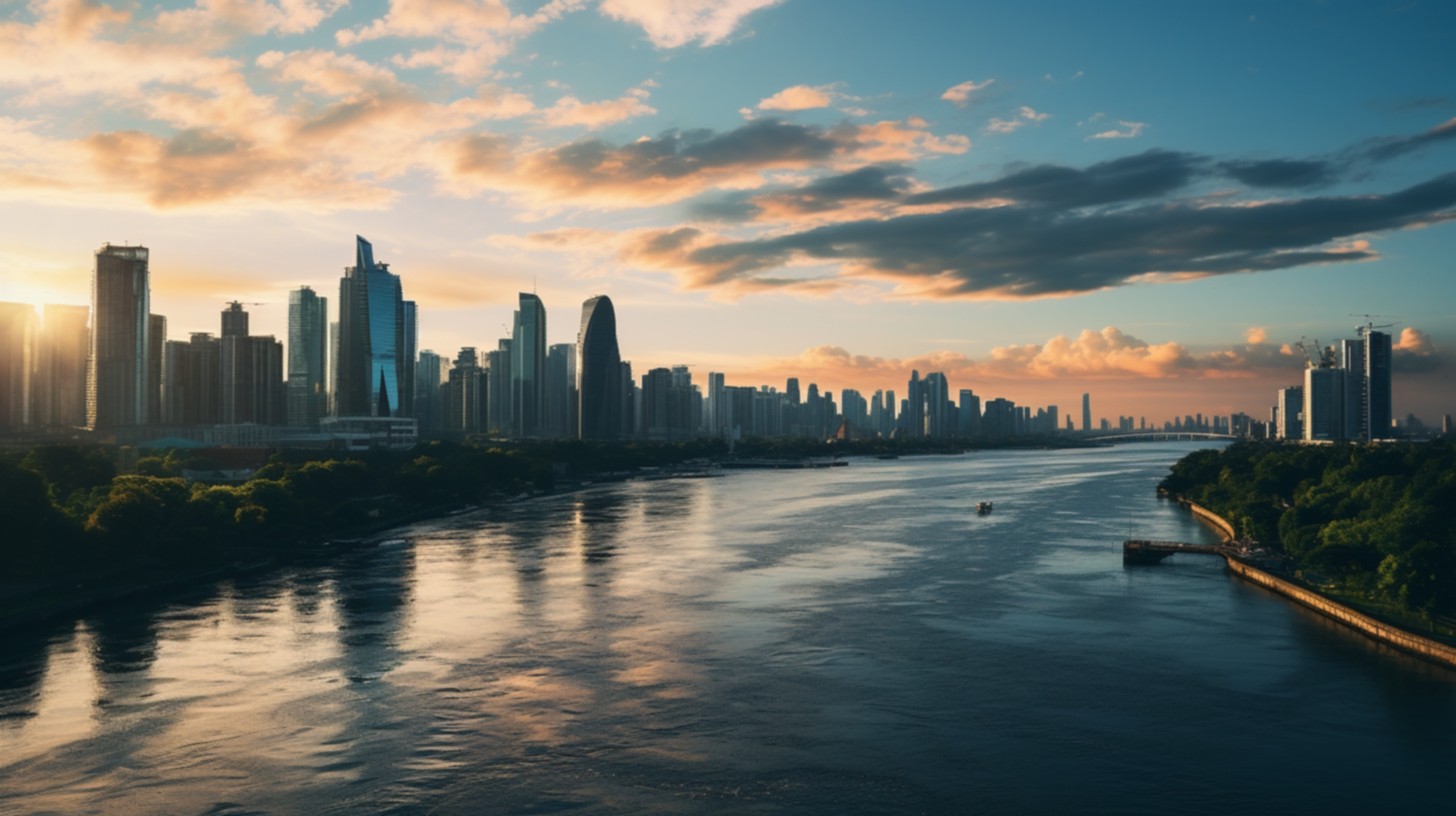

Geography and Climate

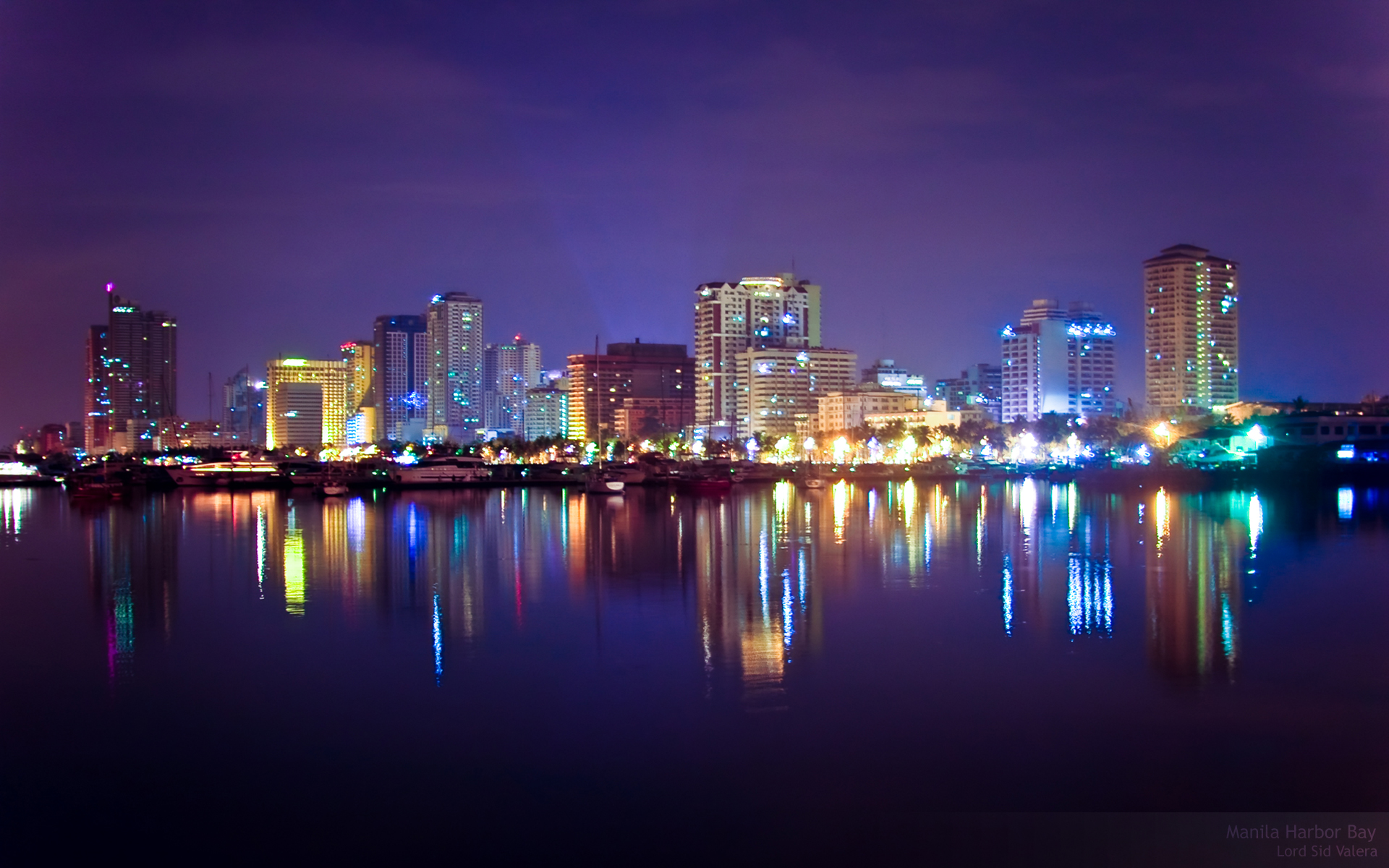
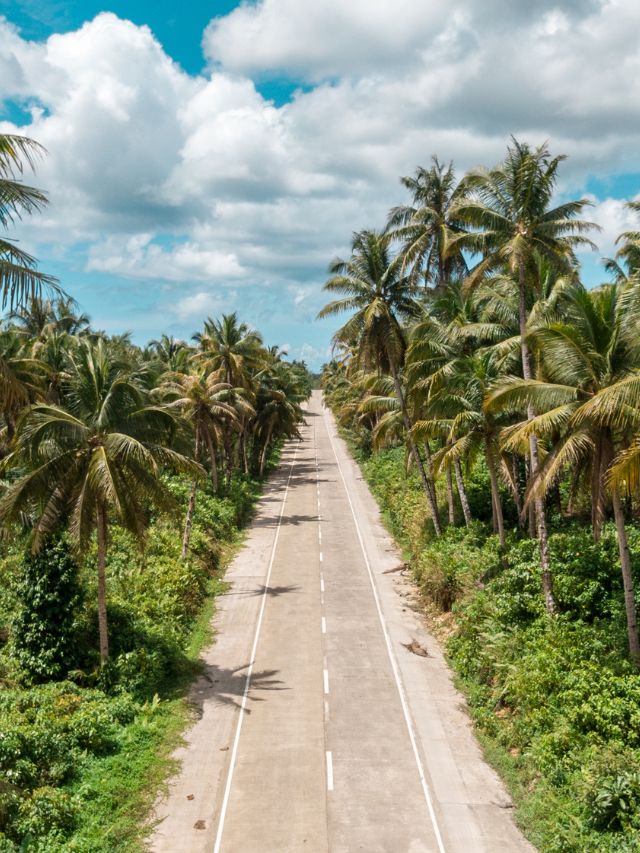
History and Culture
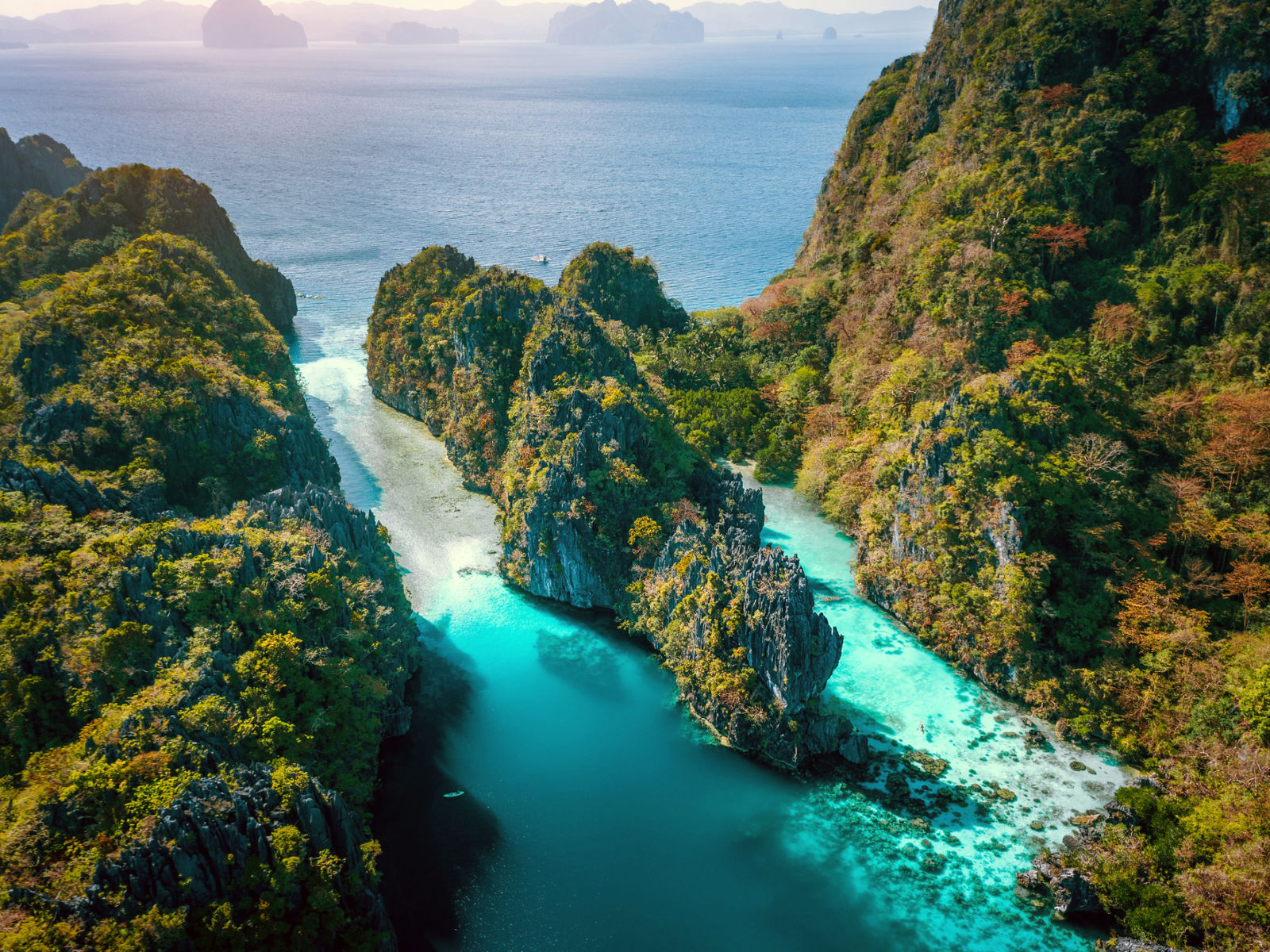
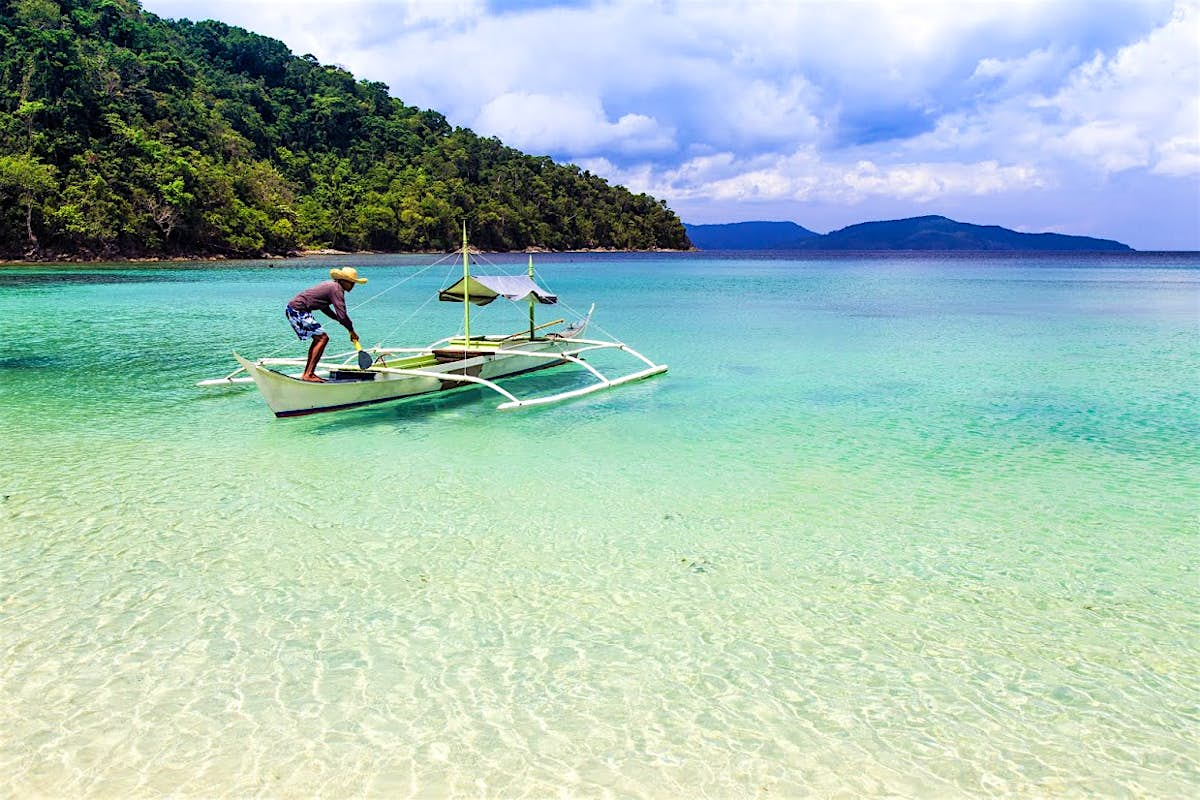
Economy
The Philippines has a growing economy, with a GDP of over $330 billion. The country is a major producer of agricultural products, such as rice, corn, and sugarcane, as well as minerals like copper and gold. The service sector, including business process outsourcing (BPO) and tourism, is also a significant contributor to the economy. The Philippines is a member of the Association of Southeast Asian Nations (ASEAN) and has trade agreements with several countries, including the United States, China, and Japan.
Politics and Government
The Philippines is a democratic country, with a presidential system of government. The current president is Rodrigo Duterte, who has been in office since 2016. The country has a bicameral legislature, composed of the Senate and the House of Representatives. The Philippines is also a member of several international organizations, including the United Nations, the World Trade Organization, and the International Monetary Fund.
Challenges and Opportunities
Despite its many strengths, the Philippines faces several challenges, including poverty, corruption, and climate change. The country is also vulnerable to natural disasters, such as typhoons and earthquakes. However, the Philippines also has many opportunities for growth and development, particularly in the areas of tourism, technology, and renewable energy. With its rich natural resources, skilled workforce, and strategic location, the Philippines is an attractive destination for foreign investors and tourists alike. In conclusion, the Philippines is a country with a rich history, stunning natural beauty, and a resilient people. From its beautiful beaches to its vibrant culture, the Philippines has something to offer for everyone. Whether you're interested in history, culture, or adventure, the Philippines is a must-visit destination. For more information on the Philippines, visit the BBC website, which provides comprehensive coverage of the country's news, politics, and culture.Keyword: Philippines country profile, BBC, Philippines news, Philippines tourism, Philippines economy